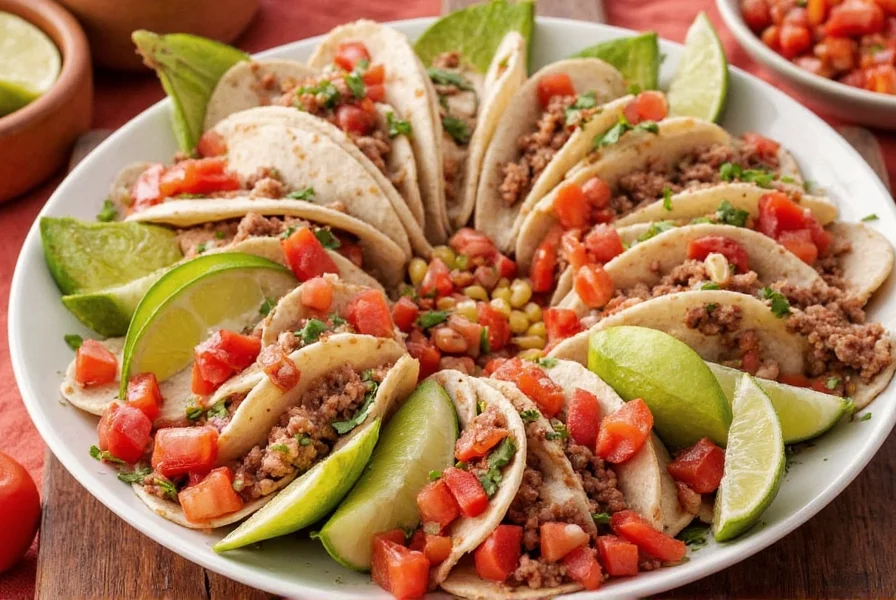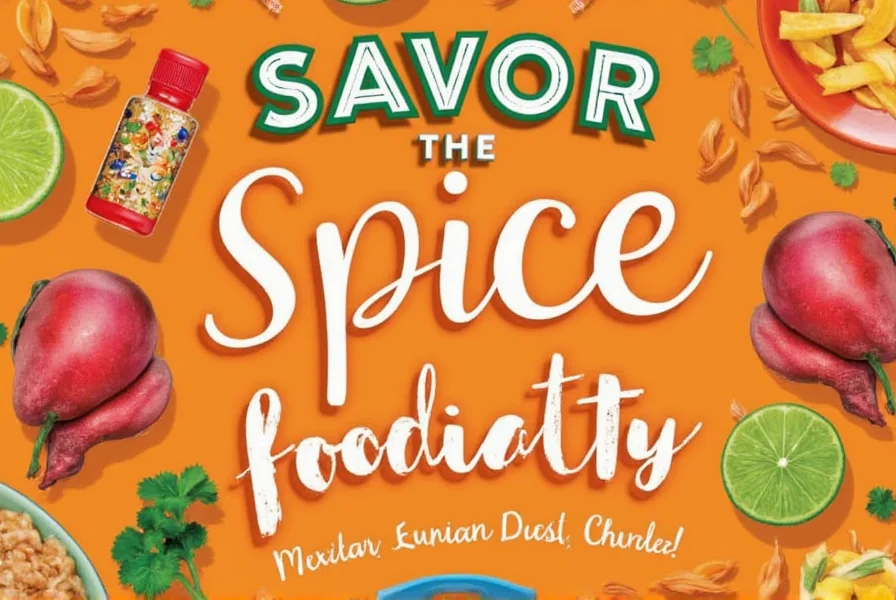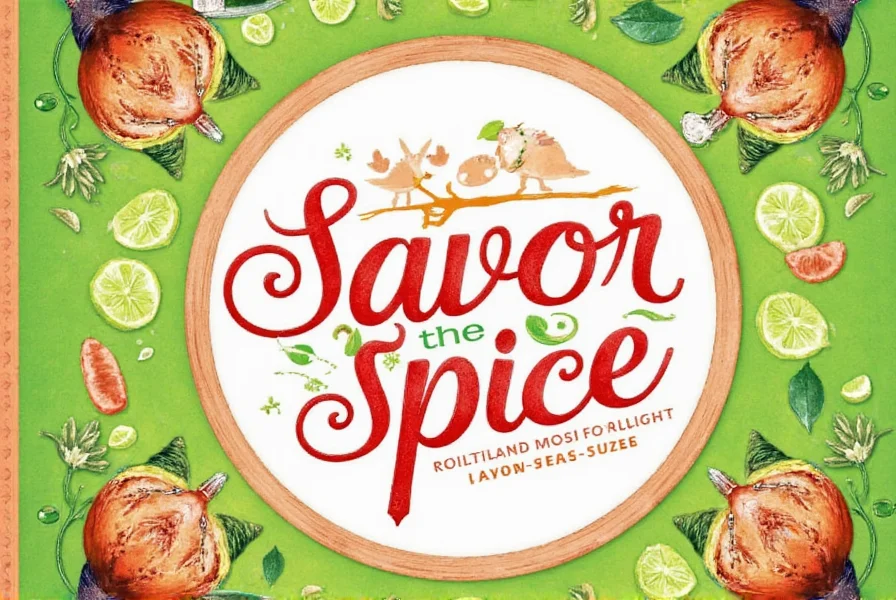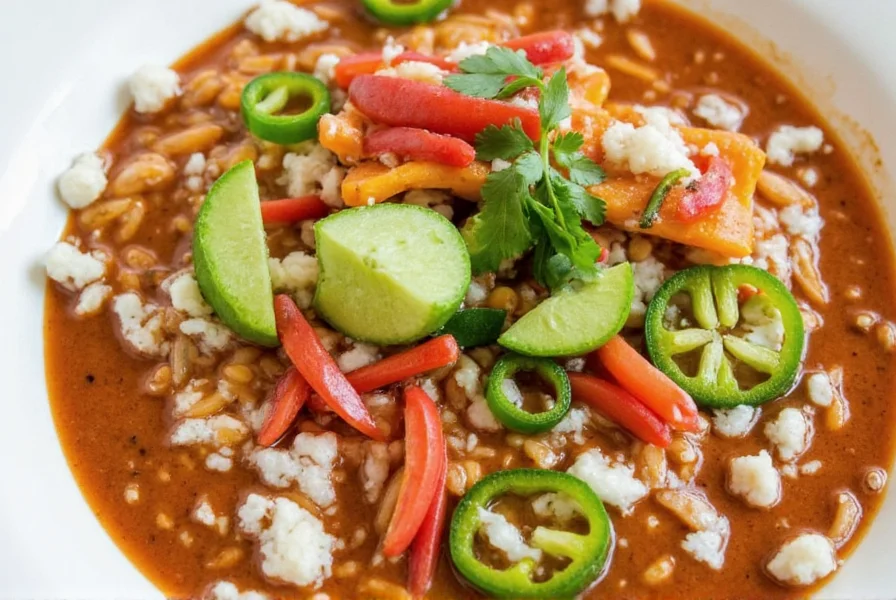Savor the Spice: 10 Must-Know Secrets to Mastering Authentic Mexican Cuisine at Home
Authentic Mexican cuisine isn’t just about tacos and chili—it’s a rich tapestry woven from history, culture, and, most importantly, spice. Whether you're a home cook or a professional chef, mastering the flavors of Mexico means understanding its spices, chiles, and traditional techniques.
Table of Contents
- Why Authentic Mexican Cuisine Matters
- The Spice Trinity: Chiles, Cumin, and Oregano
- A Guide to Mexican Chiles (and How to Use Them)
- Mo’ Moles: A Flavor Bomb Deep Dive
- 5 Practical Tips for Cooking Like a Tia in Your Own Kitchen
- Buying Guide: Where to Find Real Ingredients
- Conclusion: Spice Up Your Life the Mexican Way
Why Authentic Mexican Cuisine Matters
Mexican food is more than just street food or party fare—it's one of UNESCO’s Intangible Cultural Heritage foods. From the smoky richness of Oaxacan moles to the citrusy brightness of Yucatecan dishes, each region has its own identity defined by local ingredients and centuries-old traditions.
Cooking authentically means respecting those roots while experimenting within them. It also means embracing real spices and avoiding shortcuts that flatten the flavor experience into something bland and mass-produced.
The Spice Trinity: Chiles, Cumin, and Oregano
When it comes to authentic Mexican cuisine, these three spices are your foundation:
- Dried Chiles: The soul of Mexican flavor—smoky, fruity, earthy, or spicy.
- Cumin: Adds warmth and depth, especially in meat rubs and chorizo.
- Mexican Oregano: More floral and citrus-forward than Mediterranean oregano.
| Spice | Flavor Profile | Best For |
|---|---|---|
| Ancho Chile | Smoky, sweet, raisin-like | Red sauces, moles |
| Guajillo Chile | Berry notes, medium heat | Tamales, enchiladas |
| Cumin | Earthy, nutty | Adobos, chorizo, tacos al pastor |
| Mexican Oregano | Citrusy, floral | Bean dishes, soups, salsas |
A Guide to Mexican Chiles (and How to Use Them)

Dried chiles are the heart of authentic Mexican cuisine. They’re not just for heat—they add layers of flavor and color. Here’s how to choose and use them:
Common Dried Chiles You Should Know
- Ancho: Dried poblano; mild and sweet.
- Guajillo: Medium heat with berry-like undertones.
- Pasilla: Dark, almost prune-like flavor; often mistaken for ancho.
- Chipotle: Smoked jalapeño; adds intense smokiness and heat.
- Arbol: Spicy, bright, grassy; great for oil infusions.
Pro Tip: Toast & Rehydrate!
To unlock their full flavor:
- Toasting chiles on a dry pan enhances aroma.
- Soak in hot water until soft before blending into sauces or pastes.
Mo’ Moles: A Flavor Bomb Deep Dive

If there’s one dish that defines authentic Mexican cuisine, it’s mole. Mole is a complex sauce made with chiles, spices, nuts, seeds, and even chocolate in some varieties.
The Big Five Moles
- Mole Poblano: The king of moles; includes chocolate, almonds, and sesame seeds.
- Mole Negro: Smoky and savory, from Oaxaca.
- Mole Verde: Bright green, herbaceous version from the north.
- Mole Amarillo: Yellow mole with guajillo chiles and tomatoes.
- Mole Chichilo: Beef-based mole from Oaxaca with deep umami.
Mole-Making Tips
- Roast your nuts and seeds first for deeper flavor.
- Simmer everything together for at least 1–2 hours.
- Add dark chocolate last—never boil once added.
5 Practical Tips for Cooking Like a Tia in Your Own Kitchen

Want to bring that abuela-level magic into your kitchen? These pro tips will help you nail the flavors like a seasoned cook:
- Toasted Tortillas: Always warm your tortillas on a comal or skillet. Cold ones are a crime against tacos.
- Lime is Law: Squeeze fresh lime over finished dishes. It ties everything together.
- Fresh Herbs Matter: Use cilantro, epazote, or hoja santa when possible—they elevate the dish instantly.
- Layer Flavors: Build your salsas and moles step by step. Don’t rush the process.
- Salt Generously: Mexican food is boldly seasoned. Taste as you go and adjust salt early and often.
Buying Guide: Where to Find Real Ingredients
Finding authentic Mexican spices and ingredients can be tricky if you don’t know where to look. Here’s a handy guide to get started:
| Product | Description | Features | Target Audience | Occasion |
|---|---|---|---|---|
| La Costeña Chipotle Peppers in Adobo | Ready-to-use chipotle peppers in tangy adobo sauce. | Convenient, versatile, smoky flavor | Beginners and busy cooks | Weeknight meals, marinades |
| Goya Ancho Chile Powder | Ground ancho chiles for easy use. | Smooth texture, deep red color | Home cooks | Sauces, stews, rubs |
| Mexgrove Epazote Leaves | Dried epazote for authentic seasoning. | Strong herbal scent, digestive aid | Traditionalists | Black beans, soups |
| MexiDrizzle Mole Pastes | Premade mole pastes for quick prep. | Variety of regional styles, shelf-stable | Foodies, chefs | Parties, dinner parties |
| Dona Maria Cocoa | Unsweetened cocoa for mole recipes. | Rich, bitter, blends well with spices | Experienced cooks | Classic mole poblano |
Where to Buy Authentic Mexican Products
- Local Latin Markets: Best place for real ingredients and advice.
- Specialty Online Retailers: Websites like MexGrocer or Tienda.com carry hard-to-find items.
- International Grocery Chains
- Northgate González, Supermercados Guanajuato, and El Super carry authentic brands.
Conclusion: Spice Up Your Life the Mexican Way

Authentic Mexican cuisine is all about balance, boldness, and respect for tradition. With the right spices, patience, and passion, you can transform everyday meals into celebrations of flavor and heritage.
Remember: There’s no shortcut to authenticity, but with this guide, you’re now armed with the knowledge to cook with confidence. So fire up that comal, toast those chiles, and let your kitchen smell like a mercado in the heart of Mexico.
Now go forth—and make your taste buds dance the salsa!











 浙公网安备
33010002000092号
浙公网安备
33010002000092号 浙B2-20120091-4
浙B2-20120091-4